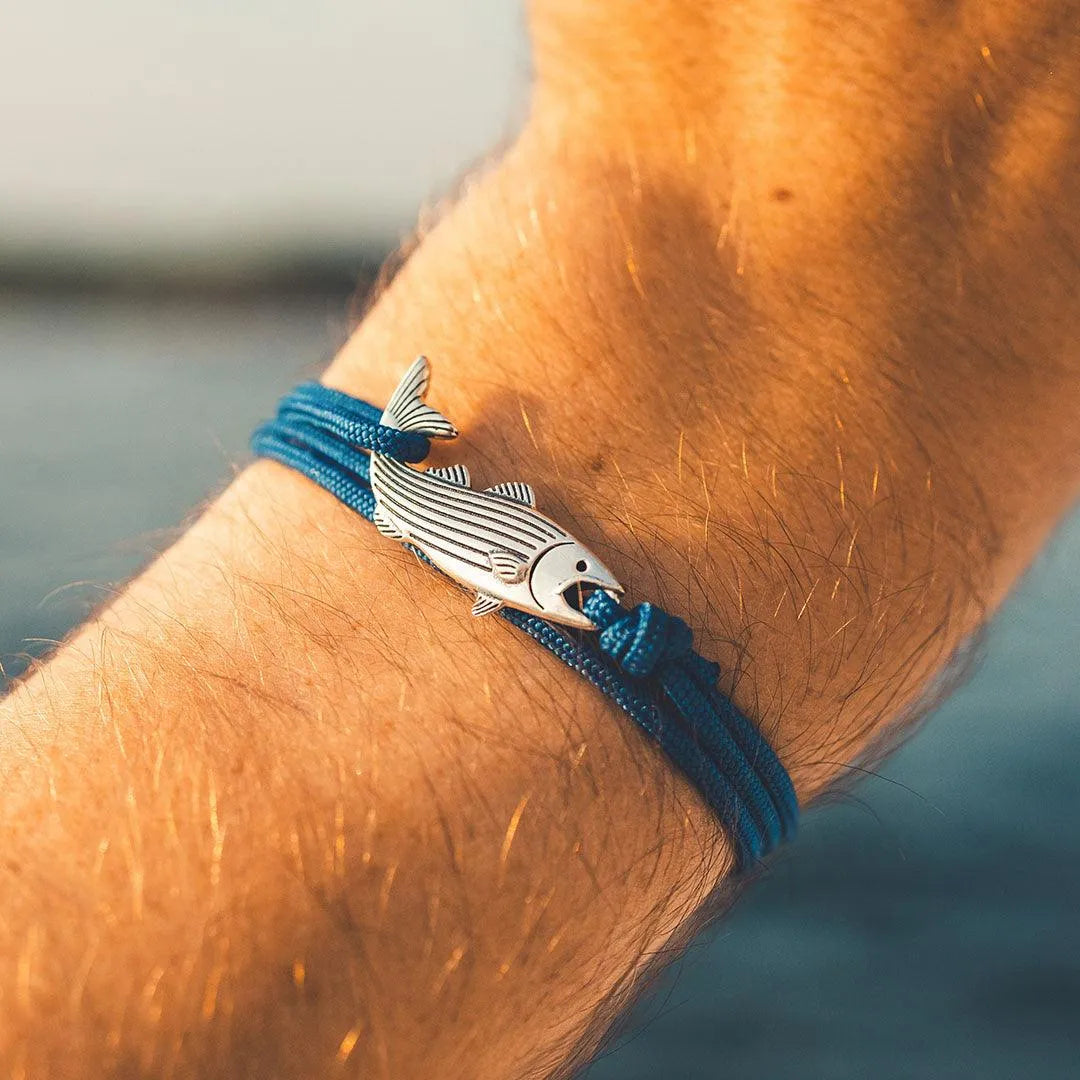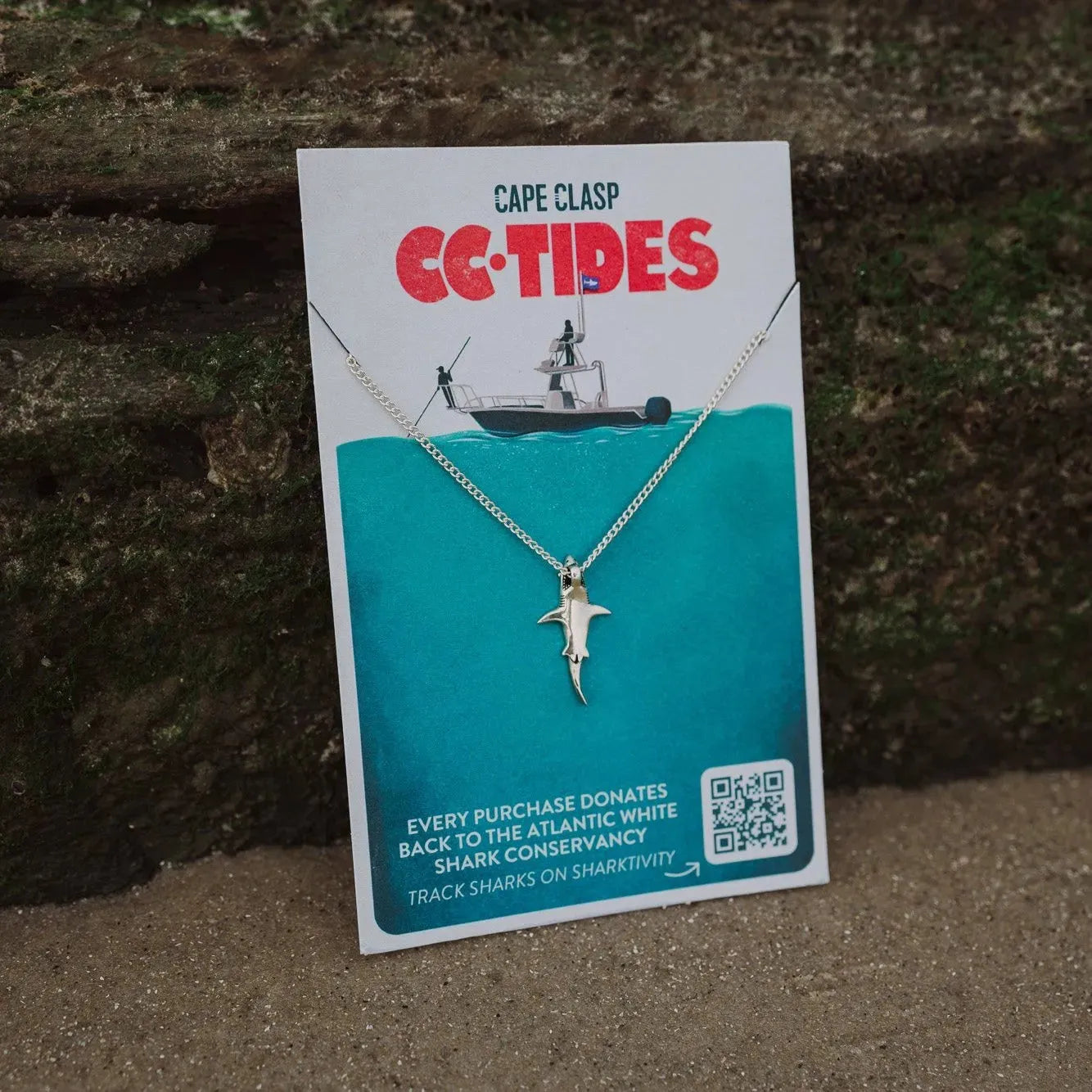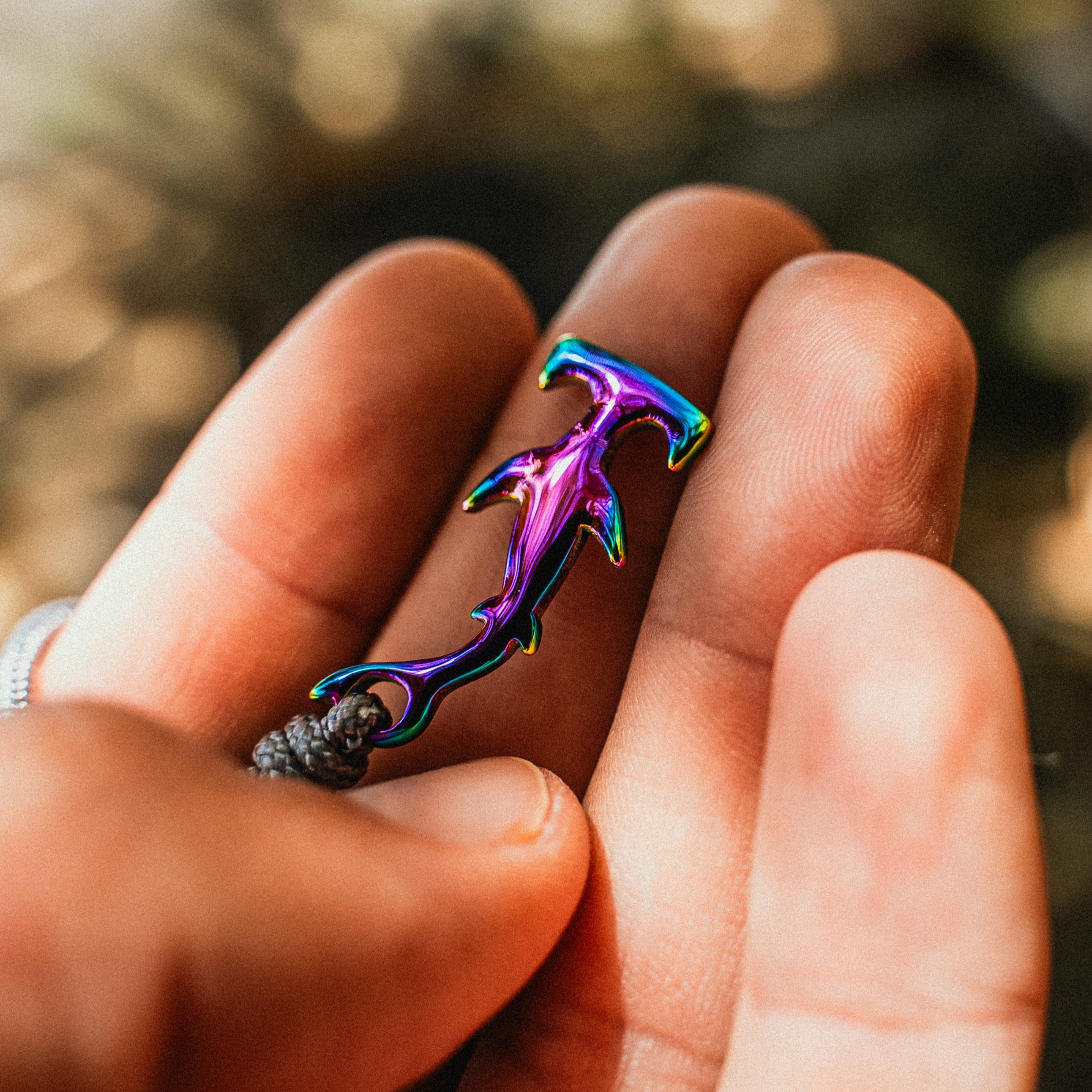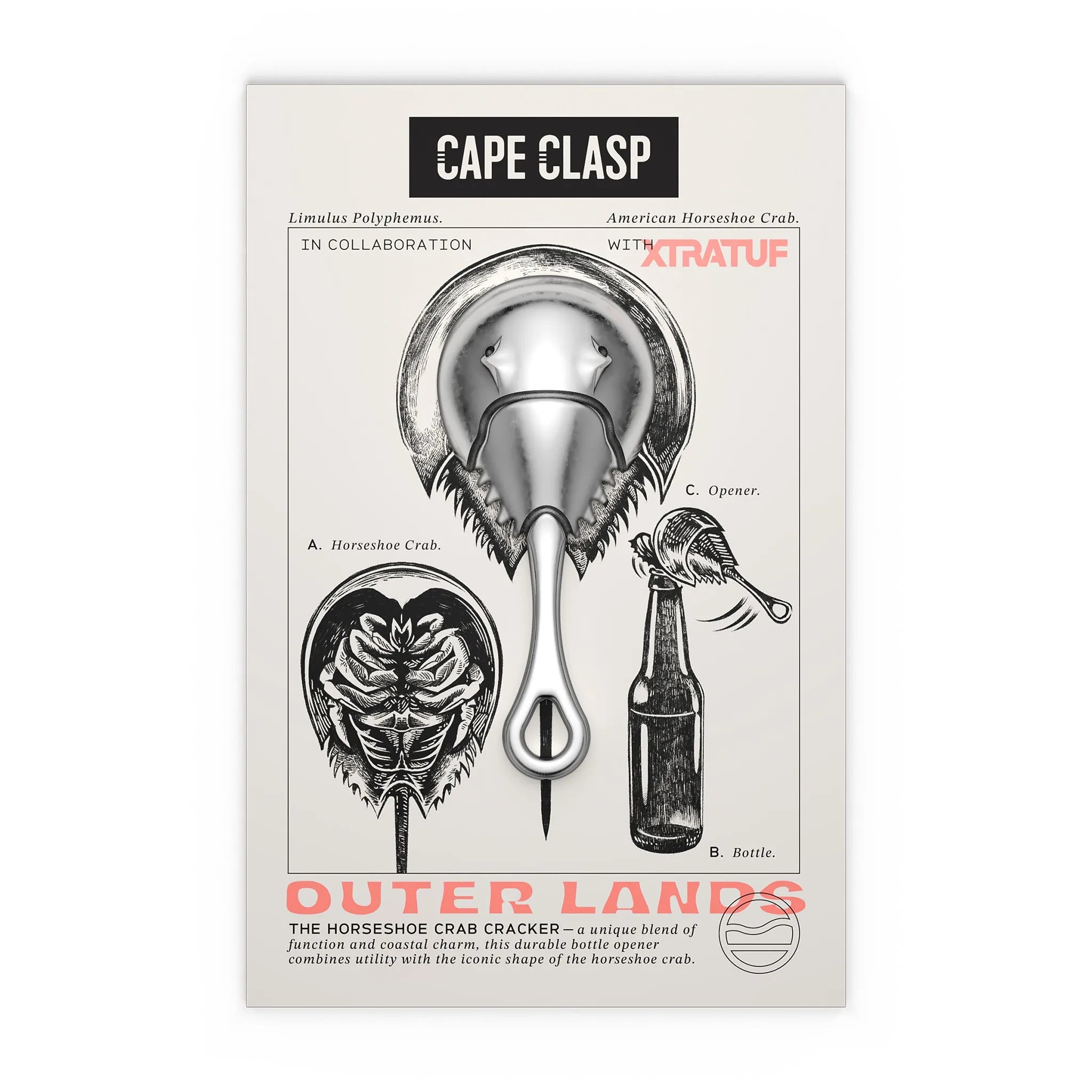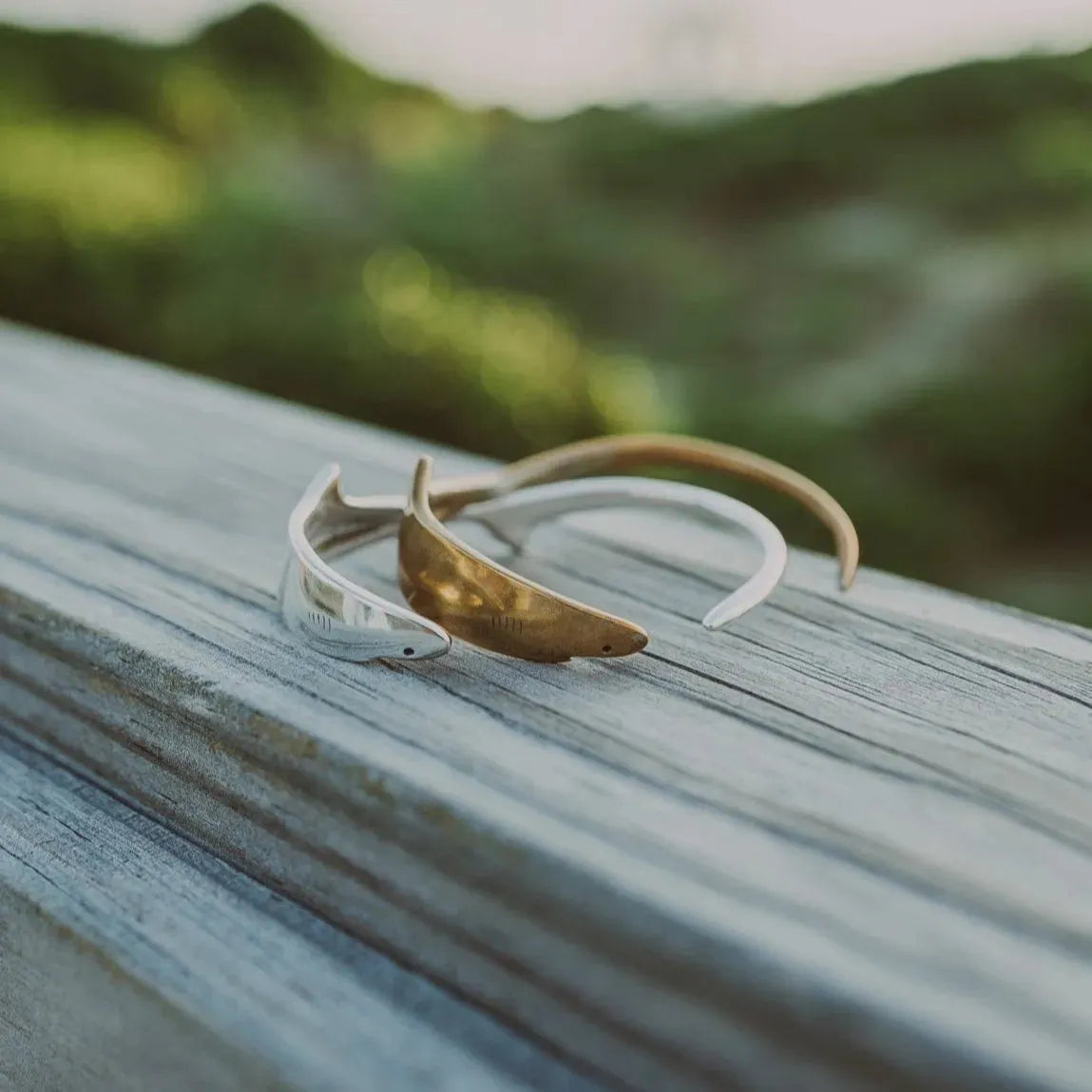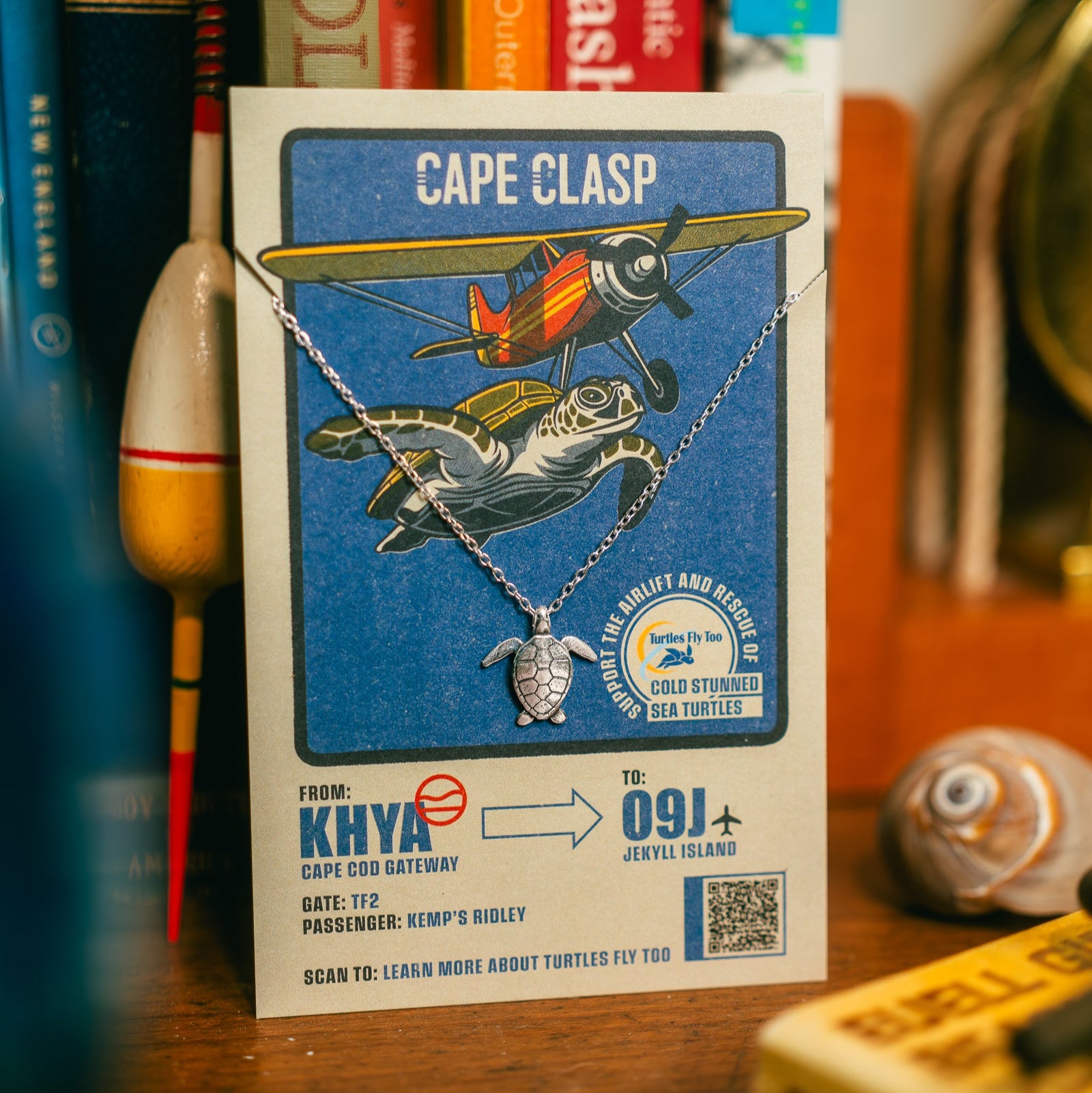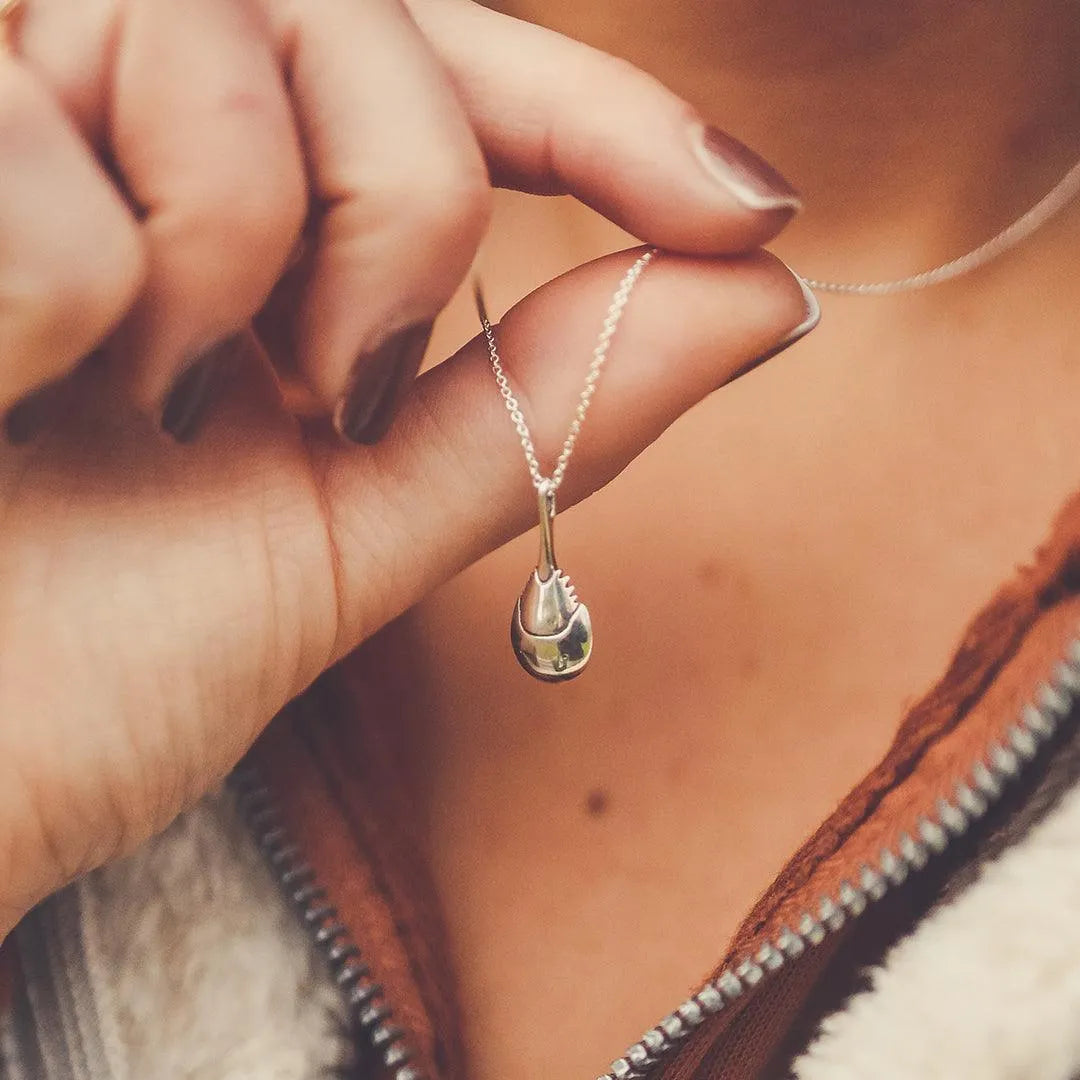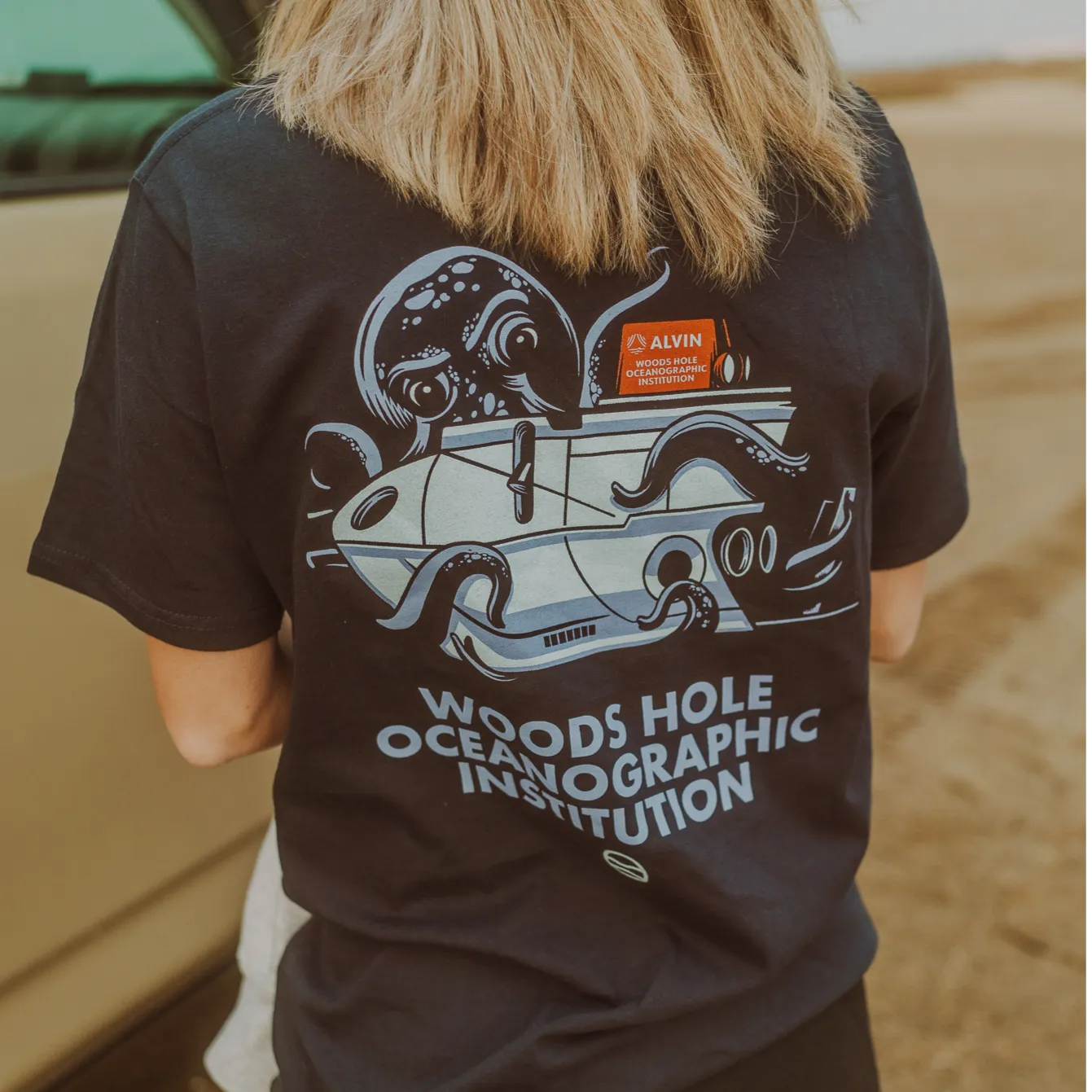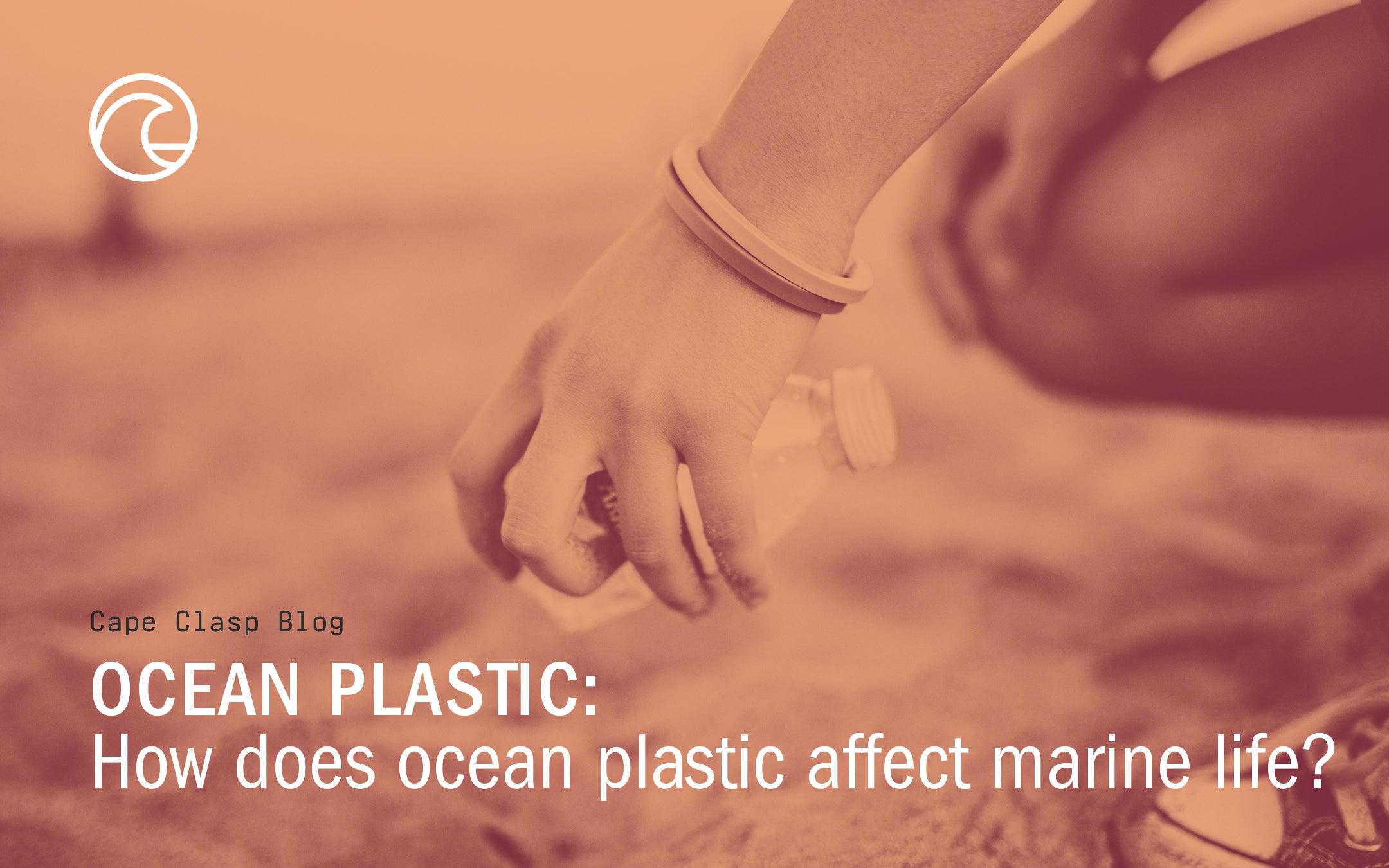
How Does Plastic In The Ocean Affect Marine Animals?
When it was first introduced, plastic seemed like a pretty neat innovation. It is cheap to produce, versatile, and can be shaped into pretty much anything that we want.
Every industry was revolutionized by plastic, from flexible and thin plastic bags to sturdy and durable car interiors. Single-use gloves, IVs, and syringes have been a breakthrough in the medical field by enabling an unprecedented level of hygiene and decreasing deaths by infections.
After its introduction to commercial uses in the 1930s, plastic was seen as a sign of modernization and increased prosperity. In fact, many corporations began using plastic for their product packaging because they were cheaper than paper bags or glass bottles.
But very quickly, the convenience and low cost of plastic made it so widespread that it completely took over our lives and changed our habits. And today, the massive production of plastic over the past decades has left us with a global problem of pollution, which is especially true when it comes to our oceans.
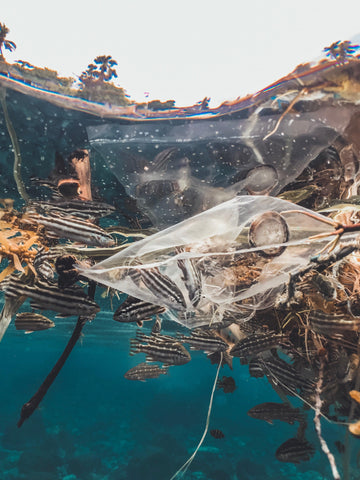
Plastic ocean pollution
From soda bottles to cutlery to takeout containers, single-use plastic is everywhere. Our bathrooms are filled with plastic bottles, razors, toothbrushes, and cotton buds. Today, most grocery stores still use plastic bags to pack your groceries for you.
The problem comes when this plastic is discarded. Much of it ends up in our waterways, which leads to the oceans where plastic pollution is increasing at an alarming rate.
Scientists have now found plastic waste in the deepest parts of the ocean and on the shores of the most remote parts of Antarctica.
Plastic bits floating in the oceans or lying on the beach are frequently mistaken for food by marine animals, who eat them without realizing what it is and can't digest it. Once inside their digestive system, plastic can cause blockages or cuts, ultimately killing them or filling their stomachs so much that they can't take in any more food and die from starvation.
Ghost net death traps
The most significant contributor to plastic pollution in the oceans is discarded fishing gear. Discarded nets are called ghost nets because they continue "ghost fishing" even after there is no one to use them.
Fish, seabirds, and ocean mammals get entangled in the nets and die from lack of food, suffocation, or wounds. These dead fish attract other predators such as turtles, sea birds, and even dolphins after a while, who in turn get caught in the same nets.
In some areas where this has become a significant concern, local governments and non-profit organizations have organized cleanup efforts to remove discarded fishing gear before it becomes a hazard.

The problem with microplastics
But there's yet another problem that is much more difficult to see. As it's a synthetic material, plastic doesn't biodegrade.
This means that rather than eventually breaking down into harmless molecules of carbon dioxide and water as organic matter does, it just breaks apart into smaller and smaller pieces that never disappear.
It can be said that every single piece of plastic ever made still exists today, even though a lot of it has broken down into pieces so tiny that you can't even see them anymore.
As well as larger pieces of plastic breaking down, microplastics also come from microbeads in cosmetics. And synthetic microfibres in our clothing shed tiny plastic particles in every wash that add to the problem.
When microplastics find their way to the oceans, they are ingested by small ocean creatures, and it seeps into their tissues as they can't eliminate it. It then makes its way up the food chain to bigger ocean creatures and all the way to humans. Microplastics have even been found in the placenta of unborn babies.
Scientists are still studying the health concerns linked to ingesting plastic, but it appears that plastics might act as carriers for other harmful toxins because they can easily absorb them.

What is the Great Pacific Garbage Patch?
The Pacific Garbage Patch is an area of the ocean between Hawaii and California where plastic gathers, carried by ocean currents. It is estimated by some to be twice the size of Texas, and although it's the most famous one, the sad truth is that it's not the only ocean garbage patch.
There are other garbage patches in the Atlantic Ocean, the Indian Ocean, and pretty much in every body of water where ocean currents converge.
The garbage patch or gyre is not a solid mass of plastic but rather a thick soup with a mix of different types of plastics, including tiny microplastics, seaborne debris, and other organic material that gather in one place and drift together. The gyre's rotation draws this garbage into its center.
And because most types of plastic float, the gyres simply keep spinning around, gathering mass, like a toxic ocean raft.
The surface area of the garbage patch, along with its composition and the large volume of tiny microplastics, makes it incredibly difficult to clean up. Plus, no matter all of the efforts to make a dent in them, more plastic keeps coming.

What effect does plastic have on marine birds?
While some birds are harmed by eating plastics that they mistake for food, another problem is when they get caught in fishing lines or discarded fishing gear that often floats near the ocean's surface.
Ocean plastic is so widespread that many birds pick up small pieces to build their nests. Plastic can alter the temperature of the nests, damaging developing birds, and vulnerable hatchlings can easily swallow pieces of plastic or be trapped in them.
As well as directly poisoning animals and causing blockages or lacerations inside their digestive tract, it has been suggested that plastic fragments release toxic contaminants into the animals' bloodstream.
Some scientists believe that plastic pollution is also a significant factor in the decline of seabird populations worldwide.
What can we do about ocean plastic?
Many campaigns raise awareness about plastic pollution in the oceans. The aim is to inform the public of how serious the problem has become and get people talking about solutions.
Manufacturers need to be held accountable by reducing the amount of plastic they use when making their products or significantly increasing efforts in recycling.
And as consumers, it is up to us to control what types of plastics we bring into our homes and how much plastic we use each day.
If you're buying something made from plastic, you can ask yourself these questions:
- Is the product really necessary?
- Do I have plastic-free alternatives available?
- Can I find recycled sources of plastic?
- Is the manufacturer taking action to reduce its use of plastic?
We all play a role when it comes to ocean pollution.
Make sure you support organizations that help to reduce plastic consumption and tackle the problems caused by the vast amounts of plastic already produced.

